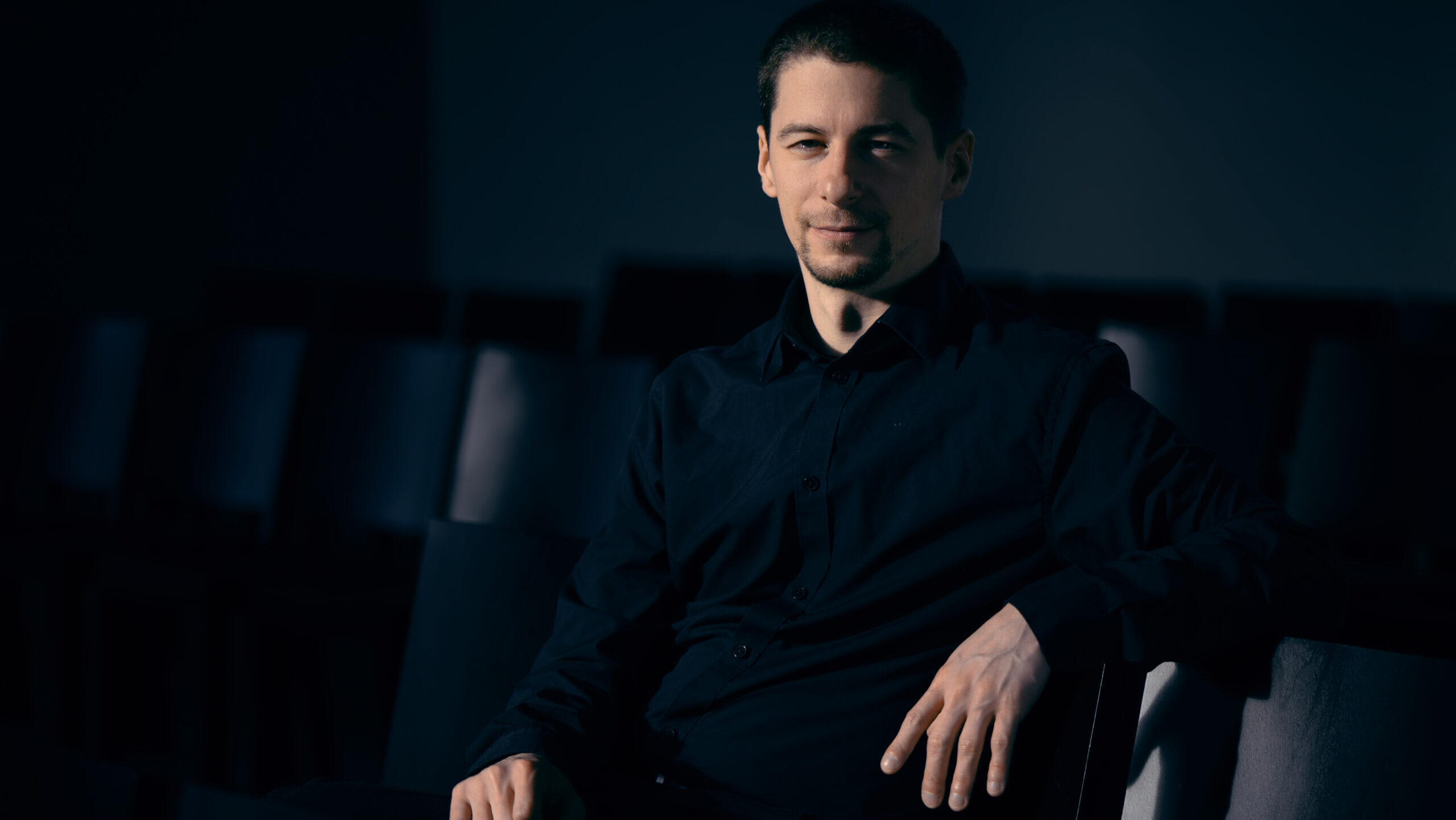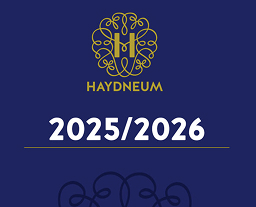Joseph HAYDN (1732–1809):
Keyboard Sonata in F major (’Esterházy’), Hob. XVI:23
Antonio VIVALDI (1678–1741) – Johann Sebastian BACH (1685–1750):
Concerto in C major, BWV 976
Johann PACHELBEL (1653–1706): O Lamm Gottes unschuldig, P393
—
PACHELBEL:
Toccata in C major, P.454
Allein Gott in der Höh’ sei Ehr, P.10
VIVALDI – BACH: Concerto in B minor, BWV 979
HAYDN: Keyboard Sonata in B minor, Hob. XVI:32
Category II tickets for the concert are also available in the Haydn Hall, in case the Apollo Hall is sold out.
Visibility in the Haydn Hall is limited!
You can also buy tickets for the concerts at the ticket offices of the Esterházy Castle in Fertőd and the Széchenyi Castle in Nagycenk with OTP, K&H or MBH SZÉP cards.
The concerts are recorded on video and audio, we reserve the right to change the programme and the cast.
Please dress appropriately for the occasion at our events.


